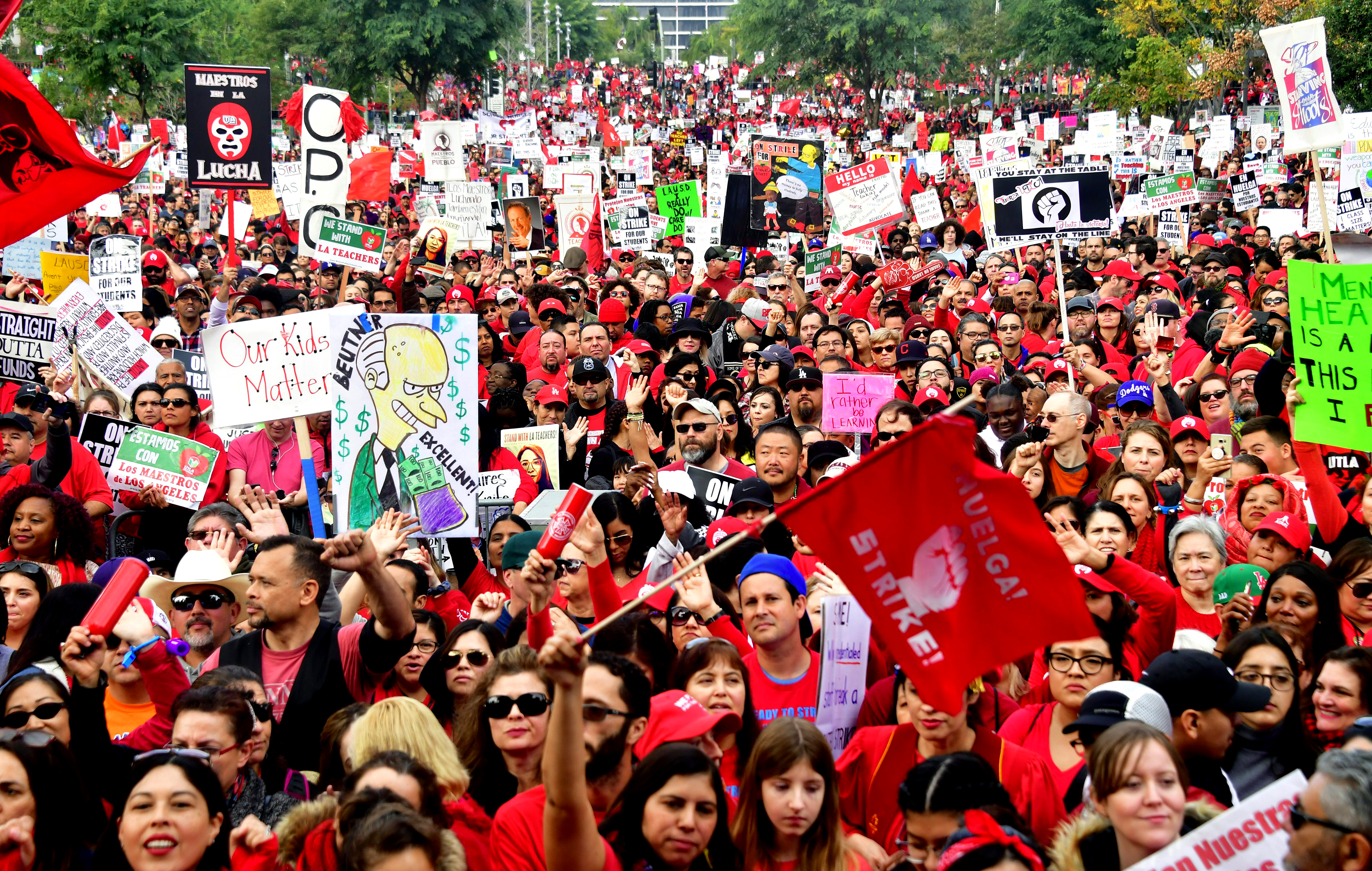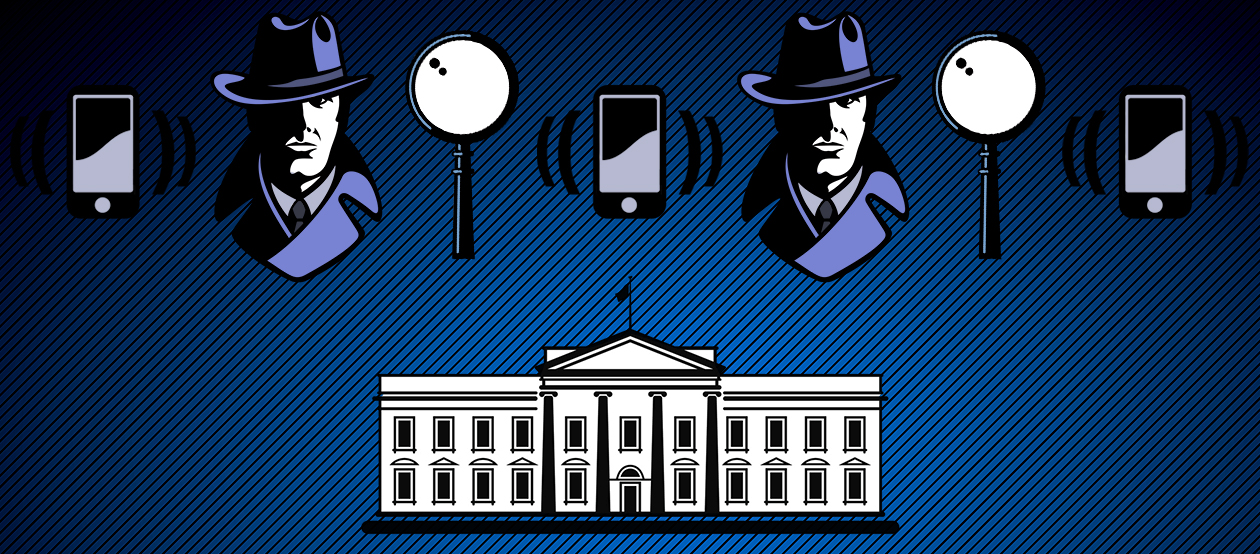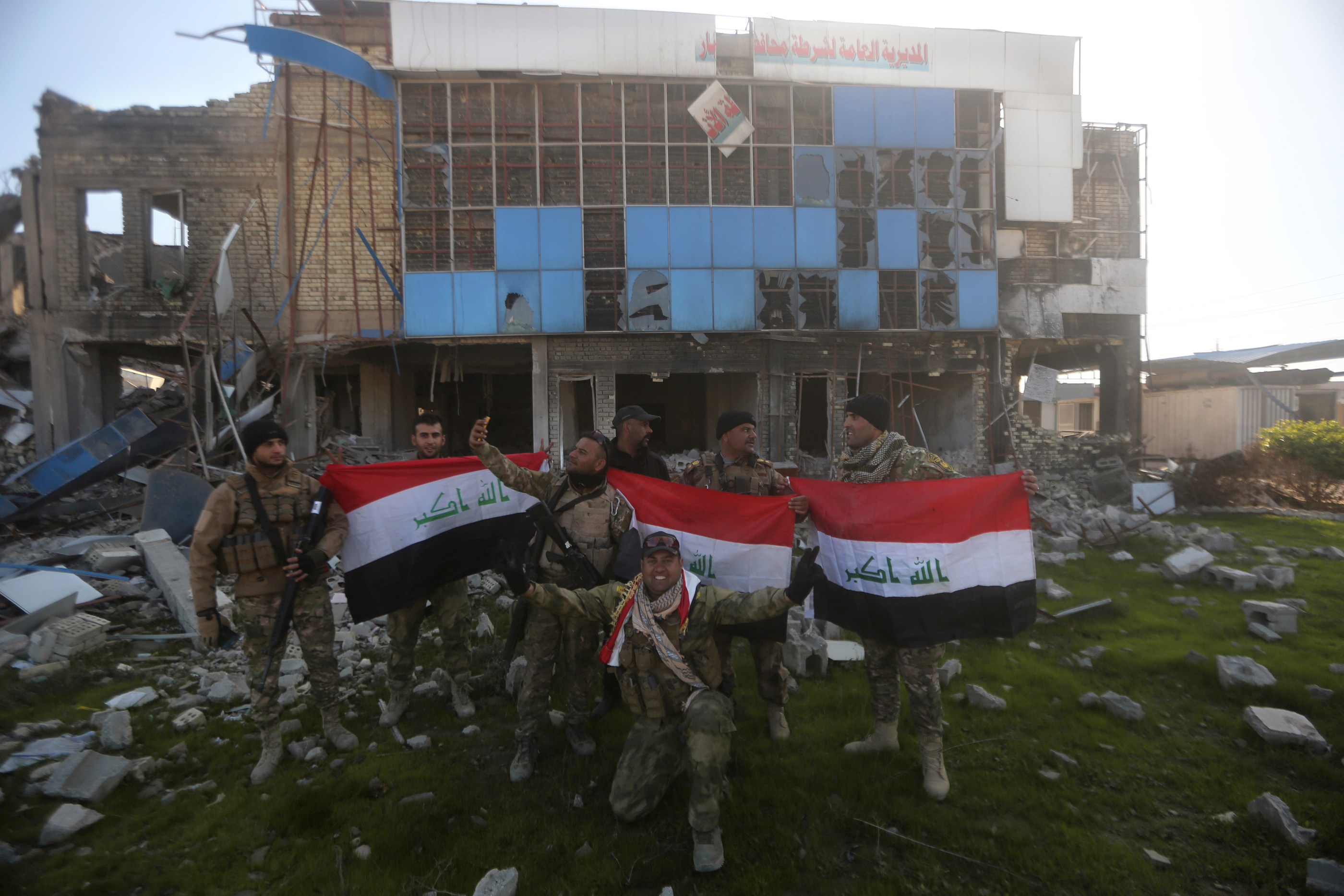This statement is not classified
But it should be: The anatomy of an intelligence disclosure


Rep. Doug Lamborn's 15 minutes of fame begins and ends with human error. I'm betting that's the case, anyway. In a Congressional hearing, he read a paragraph from a Defense Intelligence Agency assessment of North Korea's nuclear capability:
"DIA assesses with moderate confidence the North currently has nuclear weapons capable of delivery by ballistic missiles. However, the reliability will be low."
The Chairman of the Joint Chiefs of Staff, Gen. Martin Dempsey, seemed caught off guard. Such statements don't usually make it into a public hearing. They're usually classified. Now, how could a statement like that be "reasonably expected to cause grave or serious harm to national security," which is the baseline standard for classification? The way the intelligence community would see it is this: by giving the North Koreans our assessment of what their capability is, we give them a tactical advantage, particularly if "we" are wrong; we give them a psychological advantage because they can now adjust their deception efforts to match or exceed such projections; and potentially, we reveal how the U.S. obtains its intelligence, particularly if the North Korean ballistic missile program is very closely held and well protected.
The Week
Escape your echo chamber. Get the facts behind the news, plus analysis from multiple perspectives.

Sign up for The Week's Free Newsletters
From our morning news briefing to a weekly Good News Newsletter, get the best of The Week delivered directly to your inbox.
From our morning news briefing to a weekly Good News Newsletter, get the best of The Week delivered directly to your inbox.
A few things to keep in mind. I don't doubt that the paragraph in question was marked with a big (U) in the report Lamborn referenced. But that does not mean that Lamborn (or anyone else) is allowed to make it public. If it's part of a classified document, the entire document is considered to be classified, even though many portions are not, and will be labeled as such, largely because of both habit and information-sharing priorities.
The existence of the document might be classified, too; every document that's classified includes information that is unclassified. In a different setting, if the intelligence community believed it had a responsibility to inform the American people (and not just policy makers) on the matters it analyzes, then it would routinely make excised versions of its estimates available. Even though I oppose overclassification as much as the next bloke, I understand why intelligence estimates are not written for public release, and are not released, except in extraordinary, usually political, circumstances.
Their intent is to provide the people who make decisions with information that allows them to make better decisions. Secrecy here is properly used as the interface that permits the strategic surprise. Those of us who have studied the secrecy apparatus and believe it to be in need of reform need to agree to a basic set of stuff that will be automatically classified because of the temporal decision advantage it provides our elected leaders. Warnings and indications, and assessments like this — they ought to be kept out of the public domain until the decision has been made. (If lawmakers had actually read those fabled Iraq WMD National Intelligence Estimates, they might have protested more than they did about the war; but few bothered to read them, even though they'd been made widely available. So give credit to Lamborn for reading. Still.)
I would not be surprised if the person marking the DIA document meant to classify that line as (C) Confidential or (S) Secret, and merely, perhaps because he or she was rushing to prepare the estimate in light of world circumstances, just glazed over that particular portion marking.
A free daily email with the biggest news stories of the day – and the best features from TheWeek.com
By the way: Every Defense Department declassification guide includes the following warning:
The fact that this guide shows certain details of information to be unclassified, including controlled unclassified information, does not allow automatic public release of this information. DoD information requested by the media or members of the public or proposed for release to the public by DoD civilians or military personnel or their contractors shall be processed in accordance with DoD Manual 5200.01, DoD Directive 5230.09, DoD Instruction 5230.29, and DoD 5400.7-R, as applicable.
Marc Ambinder is TheWeek.com's editor-at-large. He is the author, with D.B. Grady, of The Command and Deep State: Inside the Government Secrecy Industry. Marc is also a contributing editor for The Atlantic and GQ. Formerly, he served as White House correspondent for National Journal, chief political consultant for CBS News, and politics editor at The Atlantic. Marc is a 2001 graduate of Harvard. He is married to Michael Park, a corporate strategy consultant, and lives in Los Angeles.
-
 The recycling crisis
The recycling crisisThe Explainer Much of the stuff Americans think they are "recycling" now ends up in landfills and incinerators. Why?
-
 The L.A. teachers strike, explained
The L.A. teachers strike, explainedThe Explainer Everything you need to know about the education crisis roiling the Los Angeles Unified School District
-
 The NSA knew about cellphone surveillance around the White House 6 years ago
The NSA knew about cellphone surveillance around the White House 6 years agoThe Explainer Here's what they did about it
-
 America's homelessness crisis
America's homelessness crisisThe Explainer The number of homeless people in the U.S. is rising for the first time in years. What’s behind the increase?
-
 The truth about America's illegal immigrants
The truth about America's illegal immigrantsThe Explainer America's illegal immigration controversy, explained
-
 Chicago in crisis
Chicago in crisisThe Explainer The "City of the Big Shoulders" is buckling under the weight of major racial, political, and economic burdens. Here's everything you need to know.
-
 The bad news about ISIS's defeat in Ramadi
The bad news about ISIS's defeat in RamadiThe Explainer The contours of a broader sectarian war are coming into focus
-
 America can still destroy the world
America can still destroy the worldThe Explainer The decline of U.S. military power has been greatly exaggerated



